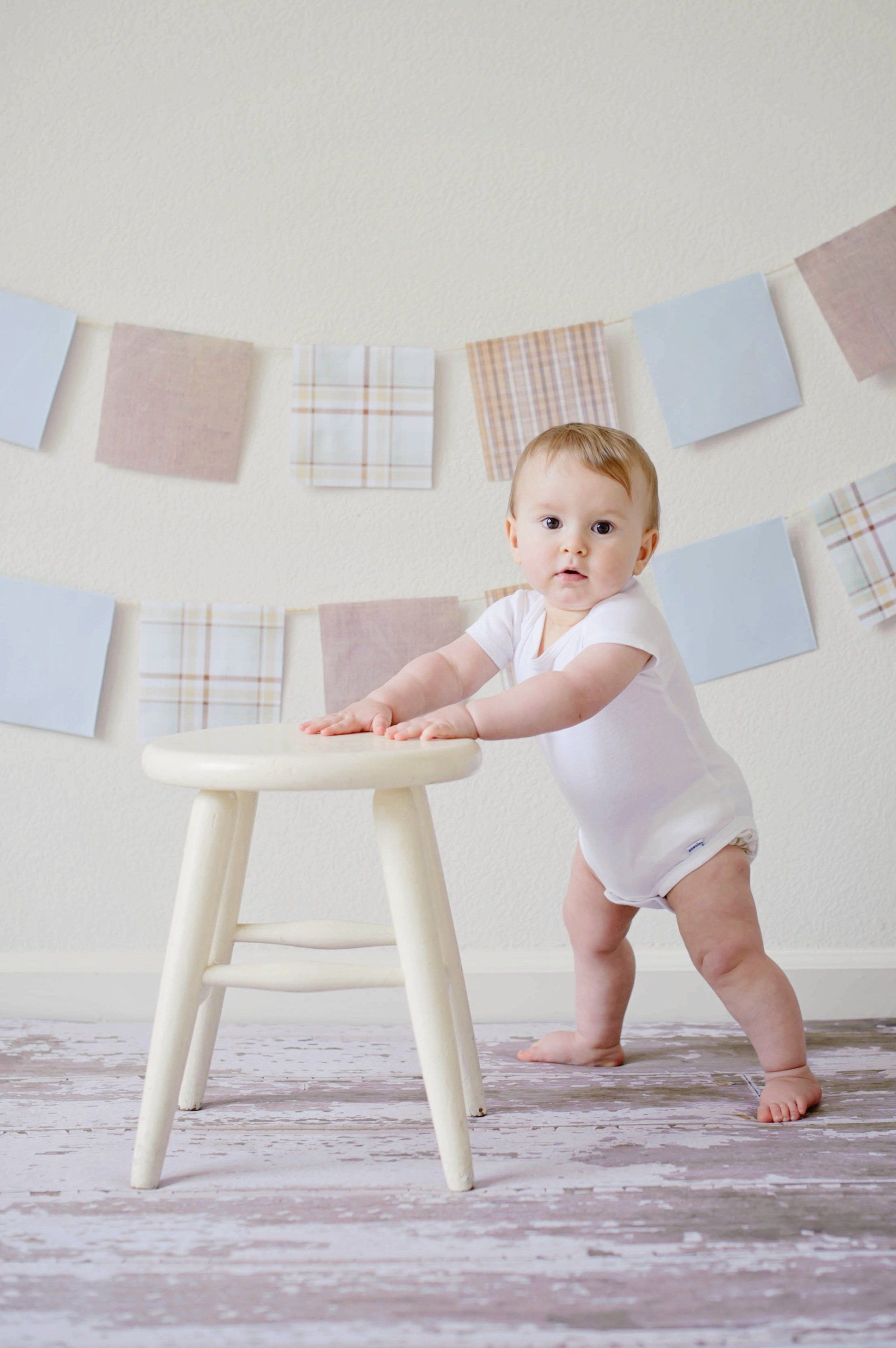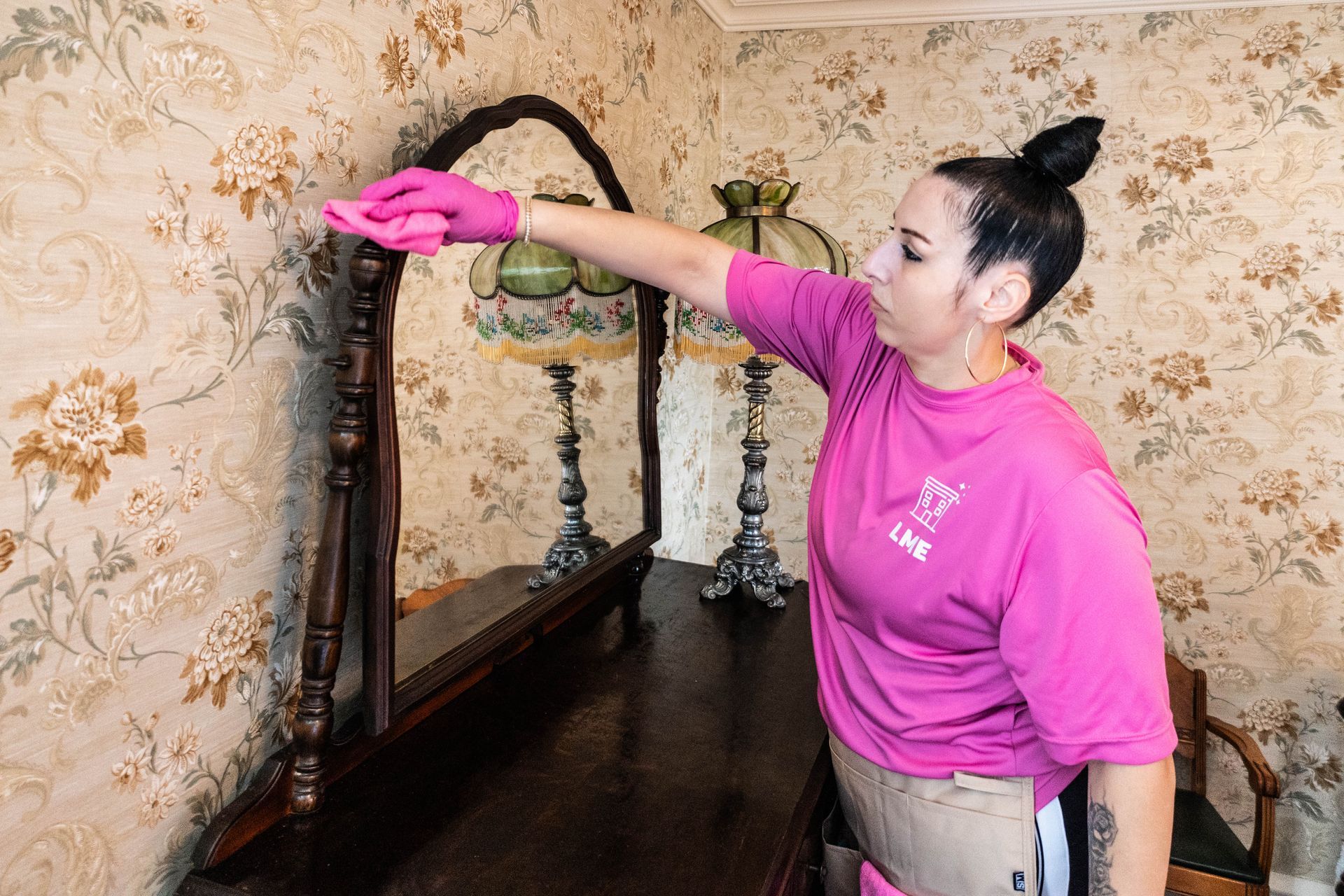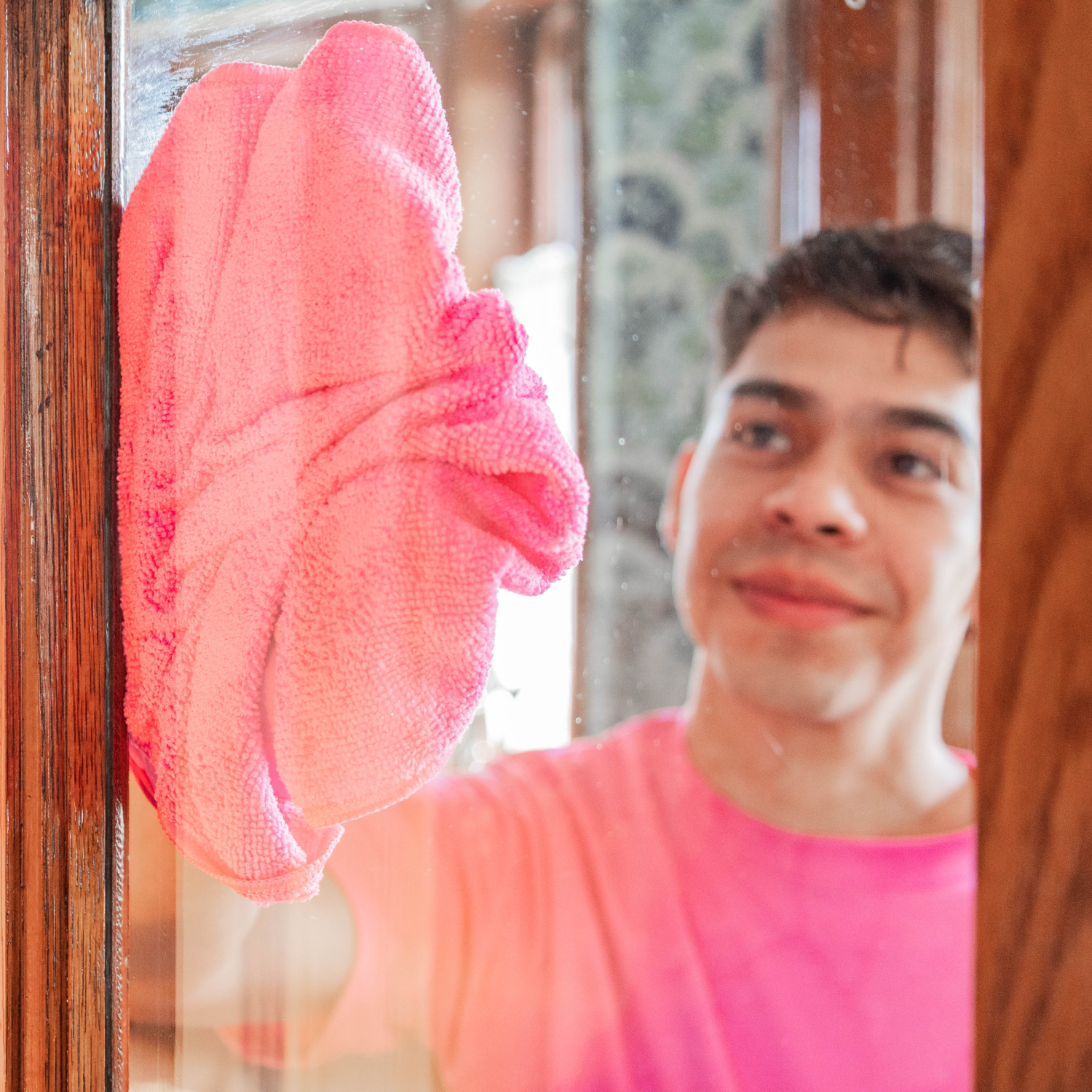Baby-Safe Cleaning Tips for New Parents

Bringing a baby into the world is an exciting journey, accompanied by new responsibilities, including maintaining a clean and safe environment. In this blog, we'll explore essential cleaning tips for parents with a baby, covering everything from toys to nursery hygiene. Let's dive into the details to ensure your little one grows up in a healthy and secure space.
1. Keeping Baby Toys Germ-Free
Babies explore the world through touch, and their toys can harbor germs. Clean toys at least once a week using a mild soap and water mixture. For fabric toys, follow care labels for washing instructions and always ensure thorough drying before playtime.
2. Baby Bottle Hygiene
Maintaining the cleanliness of baby bottles and feeding equipment is crucial. Wash these items with hot, soapy water after each use. Sterilize bottles regularly, especially for infants under three months, using methods like boiling, steam sterilizers, or microwave sterilization.
3. Choosing Safe Household Cleaners
Steer clear of harsh chemicals in household cleaners that might pose a risk to your baby. Opt for baby-safe or natural cleaning products to create a safe and clean living environment.
4. Fresh and Clean Nursery
Your baby's nursery should be a haven of cleanliness. Regularly vacuum and dust the room, clean surfaces with baby-safe disinfectant wipes, and pay special attention to high-touch areas. We recommend using an environmentally-friendly disinfectant to keep germs away. At Life Maid Easy, we use H2Orange2, which is a safe disinfectant with a hydrogen peroxide base. It has a slight hint of a citrus smell that dissipates quickly, leaving the space safe for you and your munchkin.
5. Natural Cleaning Alternatives
Consider using natural cleaners like vinegar and baking soda to maintain a clean home environment without exposing your baby to harsh chemicals. Vinegar can be mixed with water and perhaps a bit of an essential oil and used as a spray. Baking soda is great for scrubbing out sinks, tubs and toilets. It does leave a white residue, so be sure to use a washcloth or a cleaning towel to wash it off.
6. Baby Gear Maintenance
Ensure baby gear, such as strollers and car seats, remains clean and safe. Follow the manufacturer's instructions for cleaning and use a mild detergent or baby-safe cleaning solution. The more you clean these areas, the more manageable they will be.
7. Bath Time Bliss
Maintain a clean and safe bath time environment by rinsing and cleaning baby bath toys after each use. Regularly wipe down the bathtub and surrounding surfaces to prevent mold growth. We recommend using baking soda to scrub out the soap scum and vinegar around the edges to maintain the growth of mold and bacteria. Make sure to rinse the cleaning solutions off prior to the next bath time!
8. Diaper-Changing Hygiene
Establish a routine for cleaning and maintaining the diaper-changing area. Use baby-safe wipes or a mild soap and water solution, and dispose of diapers in a sealed diaper pail. To limit smells, make sure that the diaper pail is emptied on a regular basis.
9. Baby-Proofing and Cleaning Living Spaces
Create a baby-friendly living space by using locks and latches on cabinets, keeping harmful substances out of reach, and regularly cleaning floors to reduce dust and allergens. Life Maid Easy recommends a yearly carpet cleaning for carpets and rugs and a floor steaming of tile or vinyl floors.
10. High-Touch Areas Matter
Focus on cleaning high-touch surfaces like doorknobs, light switches, and countertops to reduce the risk of illness for your baby. Ensure proper ventilation for good indoor air quality.
11. Indoor Air Quality
Maintain a healthy indoor environment by using air purifiers with HEPA filters and regularly dusting and vacuuming to reduce allergens.
12. Breastfeeding and Bottle-Feeding Equipment
For breastfeeding and bottle-feeding, wash equipment after each use and sterilize regularly. Following proper cleaning practices is essential, especially for newborns.
13. High Chair and Utensil Cleanliness
Wipe down the high chair after each use and clean eating utensils with hot, soapy water to ensure a safe and hygienic feeding environment.
14. Teething Toy Care
Keep teething toys clean by washing them with mild soap and water. Consider using baby-safe disinfectant wipes for quick cleaning.
Conclusion
Maintaining a clean and safe environment is an ongoing process, but with these tips, you can create a healthy space for your little one to thrive. Remember to adapt these recommendations based on your baby's age, any specific health concerns, and consult with healthcare professionals for personalized advice. Here's to a clean and joyful parenting journey! For additional help with home cleanings while you are busy with your baby, reach out to Life Maid Easy by clicking " Get Quote" above!



